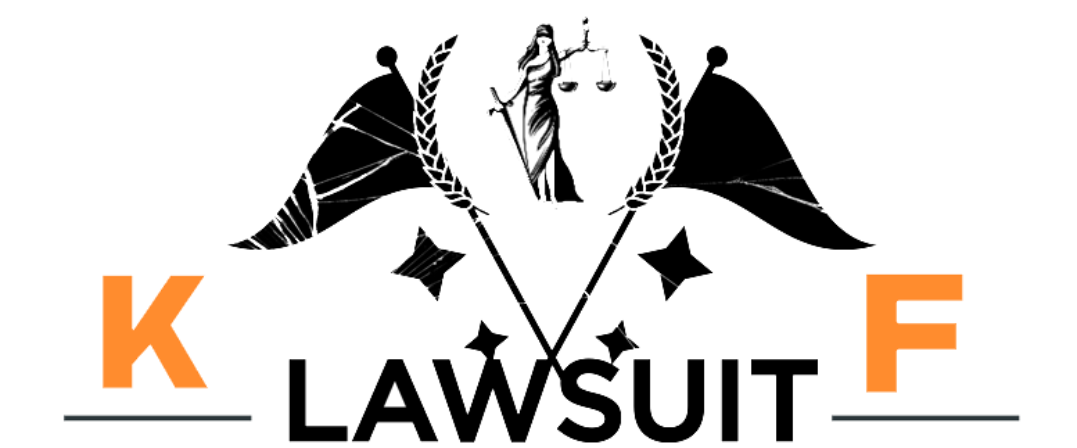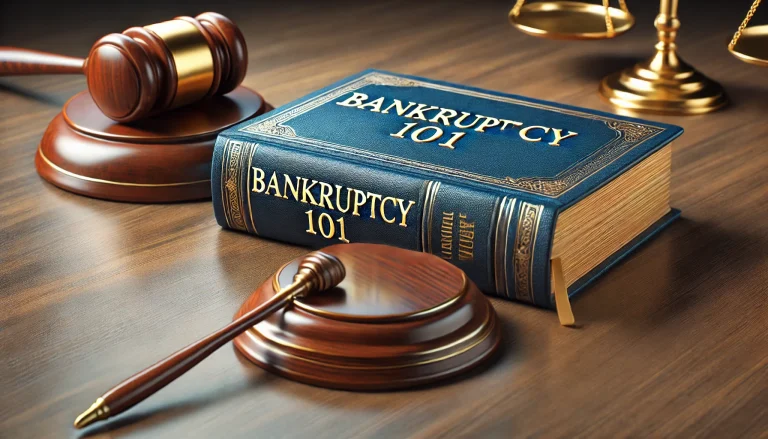Bankruptcy 101 is a legal process designed to help individuals or businesses unable to pay off their debts. It is governed by federal law under the U.S. Bankruptcy Code and provides a way to either liquidate assets to pay off creditors or reorganize debt into manageable payments. The main goal of bankruptcy is to offer a fresh financial start for debtors while ensuring that creditors recover as much of the owed funds as possible.
Types of Bankruptcy: Chapter 7 vs. Chapter 13
Chapter 7 and Chapter 13 bankruptcy are the two most prevalent types for people.
- Chapter 7 Bankruptcy (Liquidation): This is ideal for individuals with few assets and little income. In this type, non-exempt assets are sold, or liquidated, to pay off unsecured debts such as credit cards and medical bills. Once the process is complete, the remaining eligible debts are discharged, allowing the individual a fresh start.
- Chapter 13 Bankruptcy (Reorganization): Chapter 13 is suitable for individuals with a steady income who wish to keep their assets. Instead of liquidation, debtors propose a repayment plan lasting three to five years. Any outstanding debt is canceled upon completion of the repayment plan.
Who Qualifies for Bankruptcy?
Not everyone qualifies for the same type of bankruptcy. Eligibility requirements are based on income and debt levels:
- Chapter 7: To qualify for Chapter 7 bankruptcy, debtors must pass the means test Your income is compared to the state median income in this test. You are eligible for Chapter 7 if your income is less than the median.If your income is higher, you may need to file under Chapter 13.
- Chapter 13: Chapter 13 requires a regular income, and the debtor must not have unsecured debts exceeding $2,750,000 as of 2023. Chapter 13 is for those who can repay their debts but need structured repayment assistance.
The Bankruptcy Filing Process
Filing for bankruptcy involves a series of steps to ensure all financial information is disclosed and creditors are treated fairly. The process typically begins with pre-bankruptcy credit counseling, where a debtor learns about other options before deciding to file for bankruptcy.
Next, a petition is filed with the bankruptcy court, containing details about the debtor’s assets, liabilities, income, and expenses. After the petition is filed, an automatic stay goes into effect, halting all debt collection activities such as wage garnishments, lawsuits, and foreclosure attempts.
Automatic Stay: Immediate Protection from Creditors
One of the most critical protections offered by bankruptcy is the automatic stay. This court order prevents creditors from taking further collection actions against the debtor during the bankruptcy process. This includes phone calls, letters, lawsuits, and any other form of collection effort.
The automatic stay provides much-needed breathing room for debtors, allowing them time to organize their financial affairs without pressure from creditors.
The Role of the Bankruptcy Trustee
Once the petition is filed, a bankruptcy trustee is assigned to oversee the case. In Chapter 7 cases, the trustee is responsible for selling non-exempt assets and distributing the proceeds to creditors. In Chapter 13, the trustee oversees the debtor’s repayment plan, ensuring payments are made according to the court-approved schedule.
The trustee also conducts the 341 Meeting of Creditors, where creditors have the opportunity to ask questions about the debtor’s financial situation.
Exempt vs. Non-Exempt Assets
When filing for Chapter 7 bankruptcy, it’s essential to understand the difference between exempt and non-exempt assets. Exempt assets are those you are allowed to keep, while non-exempt assets may be sold to repay creditors.
- Exempt Assets: Include certain levels of home equity, personal vehicles, retirement accounts, and basic household goods. Each state has different rules about what assets are exempt.
- Non-Exempt Assets: Non-exempt assets may include valuable collections, luxury items, or additional properties such as vacation homes. These can be sold by the trustee to pay creditors.
Dischargeable and Non-Dischargeable Debts
Many, but not all, forms of debt can be discharged through bankruptcy.. It’s important to understand which debts can be eliminated and which will remain after bankruptcy.
- Dischargeable Debts: Include unsecured debts such as credit card balances, medical bills, utility bills, and personal loans.
- Non-Dischargeable Debts: Some debts cannot be discharged in bankruptcy, including student loans (except in cases of undue hardship), child support, alimony, certain tax debts, and court-ordered fines or penalties.
The Bankruptcy Discharge
Once the bankruptcy process is complete, the court may issue a discharge, releasing the debtor from their obligation to pay specific debts. In Chapter 7, the discharge occurs after assets are liquidated and proceeds distributed. In Chapter 13, the discharge comes after the successful completion of the repayment plan.
The discharge provides legal protection from creditors trying to collect on discharged debts, giving the debtor a clean financial slate.
Rebuilding Financial Health After Bankruptcy
While bankruptcy offers debt relief, it also impacts your credit score and financial reputation. However, it is possible to rebuild your financial life after bankruptcy with patience and diligence.
- Create a Budget: After bankruptcy, it’s crucial to stick to a strict budget, focusing on essential expenses and saving where possible.
- Rebuild Credit: Secured credit cards, credit-builder loans, and timely payments on all bills can help improve your credit score over time. It’s important to make on-time payments and keep credit card balances low.
- Emergency Fund: Building an emergency fund can prevent future financial crises and reduce the need to rely on credit cards or loans for unexpected expenses.
Conclusion
Navigating bankruptcy may seem daunting, but with the right knowledge and support, it can be a critical step toward financial recovery. By understanding the types of bankruptcy available, the process involved, and the post-bankruptcy strategies for rebuilding credit and financial health, individuals can approach the situation with confidence. Bankruptcy is not the end, but rather a new beginning—a chance to regain financial stability and move forward with a clearer path. With careful planning, responsible financial habits, and the guidance of legal professionals, those facing bankruptcy can emerge stronger and more financially secure.


